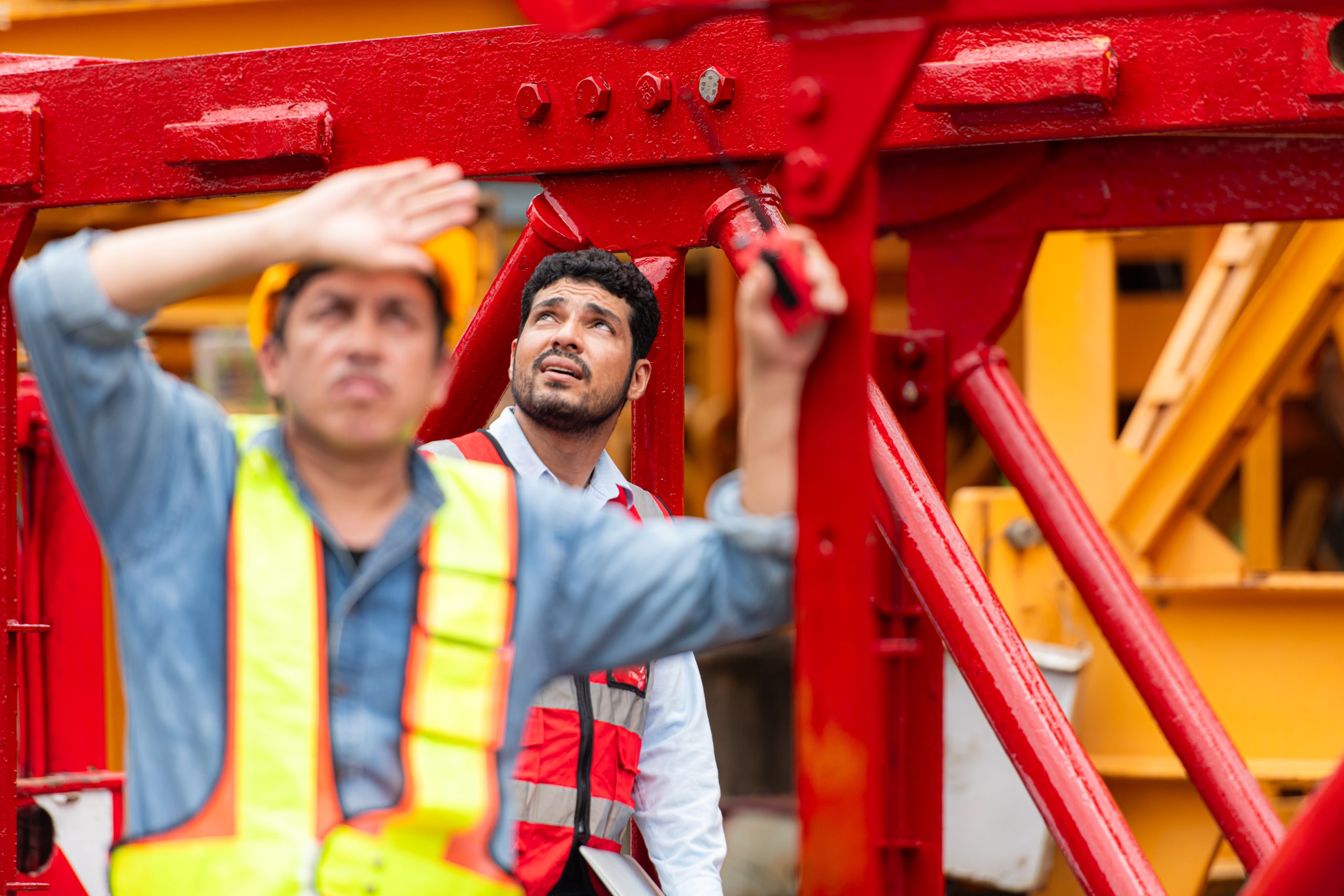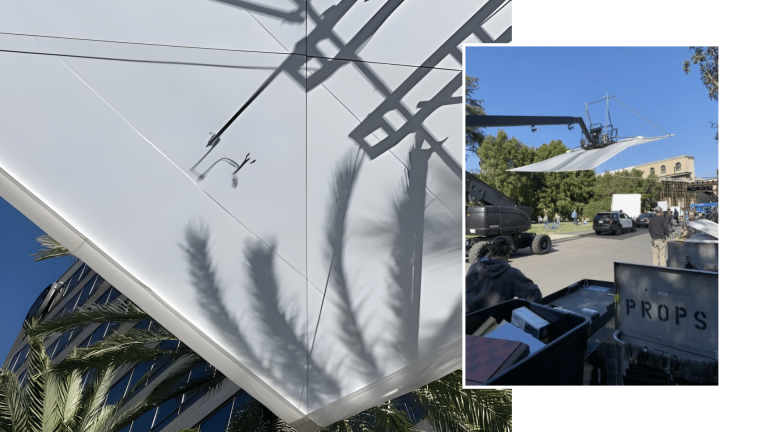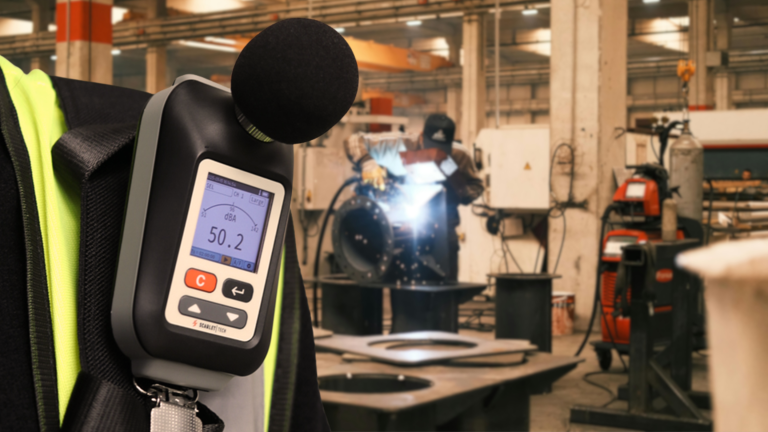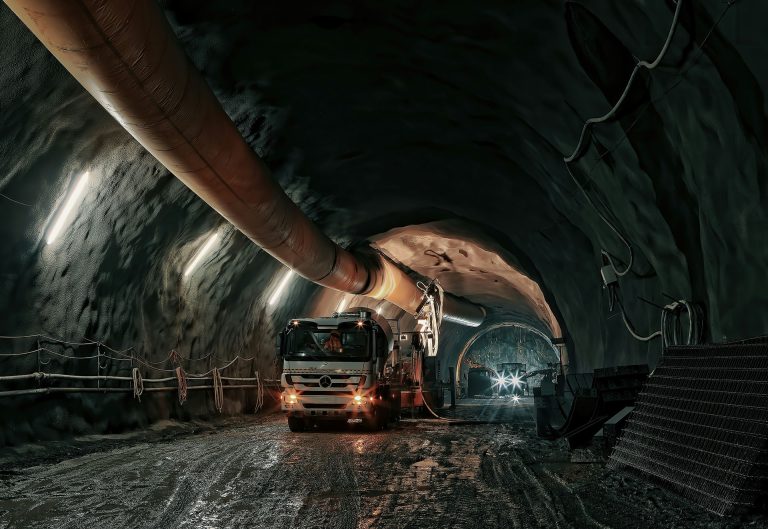Cranes play a fundamental role in construction and industrial operations by lifting heavy materials such as steel, concrete, and machinery. However, they also pose significant risks. In the U.S., approximately 42 workers lose their lives to crane-related incidents annually. The most severe cases involve contact with overhead power lines, overloading, and catastrophic structural failures. This article outlines the most common types of crane accidents and identifies the most dangerous contributing factor based on frequency and severity.
What are the Most Common Types of Crane Accidents?
Crane accidents continue to follow well-established patterns, despite advances in equipment and safety protocols. According to OSHA data, the majority of incidents fall into a few recurring categories: contact with power lines, structural collapses, falling loads, equipment overturns, and mechanical failures.
Understanding these scenarios—and the factors that contribute to them—is critical to reducing risk. The sections below examine each type of accident and provide insight into how and why they occur.
Crane Collapses
Crane collapses are often the result of overloading or structural misassembly. When lifting capacity is exceeded—even briefly—critical components like the boom or tower can fail under pressure. For example, a climbing operation on a San Francisco tower crane caused excessive rotational stress that exceeded design tolerances, leading to a catastrophic collapse. Even when the load is within acceptable limits, collapses can still occur if sections of the crane are assembled improperly. Missing pins, misaligned joints, or insufficient fastening can all compromise structural stability.A tragic incident in 2024 in Fort Lauderdale illustrates this danger. A crane section fell onto a busy bridge, killing one worker and damaging vehicles below. These events underscore that collapse risks aren’t always tied to visible overload—they can also stem from hidden faults in setup or maintenance.
Falling Loads
Poor rigging is a leading cause of dropped loads. In a review of nearly 250 crane-related accidents, over a quarter were linked to inadequate or faulty rigging practices. Slings that slip, hooks that aren’t properly secured, or makeshift hardware can cause a load to detach mid-air—even if the crane is operating within its rated capacity.
The consequences are often fatal. In several documented OSHA cases, small but unsecured materials, such as a single piece of rebar, slipped from elevated bundles and struck workers on the ground. These examples show that even minor oversights in load preparation can lead to deadly outcomes.
Electrocution
Among all crane-related fatalities, electrocution remains one of the most persistent and deadly risks. The interaction between crane equipment and overhead power lines continues to cause hundreds of injuries and dozens of deaths each year. Contact with energized lines can happen when booms, cables, or lifted loads swing outside their intended path or when crews misjudge clearance.
Effective prevention involves a combination of engineering controls and operational discipline: planning lift paths, de-energizing power lines when possible, maintaining minimum clearance, and deploying trained spotters. Without these safeguards, electrocution hazards are difficult to eliminate—and too often, they prove fatal.
Crane Overturns
Tip-overs typically occur when cranes are positioned on unstable or uneven surfaces. If the ground is soft, sloped, or inadequately compacted, the crane’s center of gravity can shift unexpectedly during a lift. Even small deviations from the rated setup conditions—such as using pads that are too small or setting up on a slope—can lead to overturning.
These incidents are frequently cited in legal investigations, where site conditions are found to have violated safety assumptions built into the crane’s load chart. Manufacturers and regulators consistently emphasize the need for firm, level, and supported ground to prevent these preventable accidents.
Struck-By Incidents
Crane-related struck-by incidents are challenging to prevent due to the dynamic and often unpredictable nature of load and boom movement. Workers can be struck when communication or visibility is limited, and the danger extends beyond the job site. In 2025, a bystander in India was fatally injured when a crane swung unexpectedly outside its designated path. Similar incidents have occurred when debris from collapsed booms traveled beyond cordoned-off areas, injuring individuals who assumed they were at a safe distance. These cases underscore the need for well-defined exclusion zones, enhanced operator visibility, and proactive communication protocols to mitigate struck-by risks.
Identifying the Most Dangerous Factor Among Crane Accidents

Power-line contact remains the most consistently lethal factor in crane-related accidents. OSHA reports that nearly half of all overhead crane fatalities involve electrocution due to contact with live conductors. This finding is supported by studies from NIOSH and CPWR. While other risks—such as falling loads, structural collapses, and overturns—contribute to injuries and fatalities, electrocution leads in both frequency and severity. These statistics reinforce the critical need for rigorous lift path planning, power-line clearance, de-energization procedures, and spotter deployment to reduce the likelihood of contact with energized equipment.
Prevention Strategies for Crane Accidents
A mix of regular maintenance, certified operators, load control, safe power-line clearance, safety technologies, and electronic load-moment indicators can sharply cut that risk.
- Regular Maintenance and Inspections: Routine and thorough inspections are essential to ensuring all crane components remain in optimal working condition. Detecting wear, leaks, or mechanical faults early helps prevent failures during operation.
- Comprehensive Operator Training: High-quality training programs are essential to equipping crane operators with the skills to interpret load charts, manage rigging, and recognize site-specific hazards. Formal certification ensures operators meet regulatory and safety standards, but it’s the structured training itself that fosters consistency, hazard awareness, and sound decision-making. Well-trained teams are more likely to complete lifts efficiently and avoid costly errors or accidents.
- Adherence to Load Capacities: Strictly following manufacturer load charts is one of the most effective ways to prevent crane-related incidents. Operators must assess lift plans carefully and ensure all load parameters stay within rated limits. Reinforcing these guidelines through supervision and real-time monitoring significantly reduces the risk of structural failure or tipping.
- Safe Distance from Power Lines: Federal rules call for at least 20 ft clearance from lines up to 350 kV unless they are de-energized and grounded. Planning the lift path and posting a spotter helps operators keep the boom outside that envelope.
- Use of Safety Technologies (Anti-Collision and Visibility Systems): Wireless crane camera systems improve operator visibility by providing real-time video of blind spots and load zones. This enhanced situational awareness is especially valuable in preventing struck-by incidents and accidental contact with power lines. By supporting better decision-making during complex lifts, these systems offer a practical layer of protection—particularly on sites with limited visibility. Solutions like the Hercules Wireless Crane Camera System provide an effective way to improve safety without requiring complex installations.
- Load Moment Indicators (LMI): An LMI tracks boom angle, radius, and load weight in real-time while alerting the operator if any value nears the safe limit. This electronic backup diminishes overload events and keeps lifts within the crane’s stable zone. Many contemporary retrofit kits make this safety layer affordable for older fleets.
Conclusion
Crane accidents often stem from preventable causes like collapses, falling loads, overturns, and power-line contact. Electrocution remains the deadliest, highlighting the need for strict clearance and planning. Prevention relies on consistent inspections, certified training, adherence to load limits, and smart technologies like visibility systems and LMIs. Together, these measures significantly reduce risk and protect lives.



